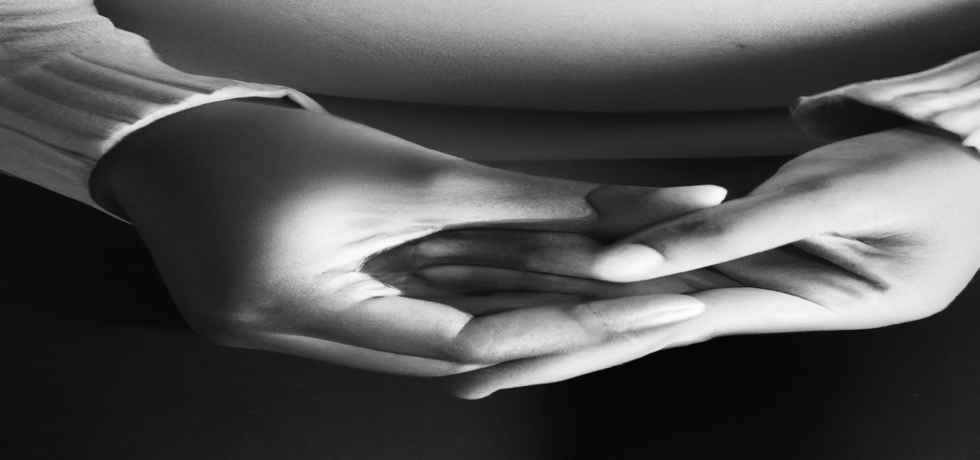
Palmoplantar Keratoderma: A Deep Dive
Understanding Palmoplantar Keratoderma
Have you ever noticed thickened skin on the palms of your hands or the soles of your feet? This condition is known as palmoplantar keratoderma, and while it may sound alarming, understanding it can help manage the symptoms effectively. This blog will provide you with a comprehensive understanding of palmoplantar keratoderma, including its types, causes, and treatment options available at our firm, The Skin Artistry.
The Different Faces of Palmoplantar Keratoderma
Palmoplantar keratoderma is not a single condition; it encompasses a variety of forms. The most common types include familial palmoplantar keratoderma, which is hereditary, and acquired forms, often linked to other skin diseases or systemic conditions. In any case, individuals suffering from palmoplantar keratoderma may experience discomfort, cracking, and even pain, especially during daily activities. Recognizing the type you are experiencing is crucial for effective palmoplantar keratoderma treatment.
Causes Behind Palmoplantar Keratoderma
The underlying causes of palmoplantar keratoderma can vary significantly. Genetic factors play a significant role in familial cases, while acquired forms may result from various skin diseases such as psoriasis, contact dermatitis, or even infections. Conditions like diabetes or thyroid disease have also been associated with this keratoderma. Understanding these causes helps in creating a targeted eczema treatment plan tailored specifically for individual needs at The Skin Artistry.
Effective Treatments Available
Treating palmoplantar keratoderma focuses on alleviating symptoms and maintaining skin integrity. Topical treatments are often the first line of defense. These may include keratolytics to reduce thickening or corticosteroids to help control inflammation. In more severe cases, systemic treatments might be necessary. At The Skin Artistry, our dermatologists customize treatment plans based on the specific type and severity of the condition, ensuring a holistic approach to care.
Strategies for Daily Management
Managing palmoplantar keratoderma daily can significantly enhance comfort. Using emollients frequently can keep the skin supple. Choosing breathable footwear and avoiding irritants will also help manage symptoms. Regular check-ups with our specialists ensure that the treatment plan remains effective and adapts to any changes in your condition. Understanding your unique skin needs is key in the journey towards healthier skin.
Your Path Forward
Awareness and education are your first steps in dealing with palmoplantar keratoderma. Seeking professional assistance is crucial. Consult with our experts at The Skin Artistry to gain insights on managing this condition effectively. Our dedicated team focuses on delivering quality care tailored to each patient’s unique situation and ensuring optimal health outcomes.
Frequently Asked Questions (FAQs)
Can palmoplantar keratoderma be cured?
While there is currently no cure for palmoplantar keratoderma, effective management can alleviate symptoms and improve quality of life.
While there is currently no cure for palmoplantar keratoderma, effective management can alleviate symptoms and improve quality of life.
Is palmoplantar keratoderma contagious?
No, this condition is not contagious. It is primarily genetic or caused by underlying health conditions.
For professional assistance and expert advice from leading dermatologists like Dr. Hital Patel, experience the benefits of palmoplantar keratoderma with Hair & Skin Specialist Dr. Hital Patel at The Skin Artistry. Our clinics in PDPU Gandhinagar, Vastrapur Ahmedabad, and Hyderabad offer top-quality care and personalized treatments. Visit us today to learn more about our services and take advantage of our special offers! For more insights, updates, or to collaborate, stay connected with The Skin Artistry.

